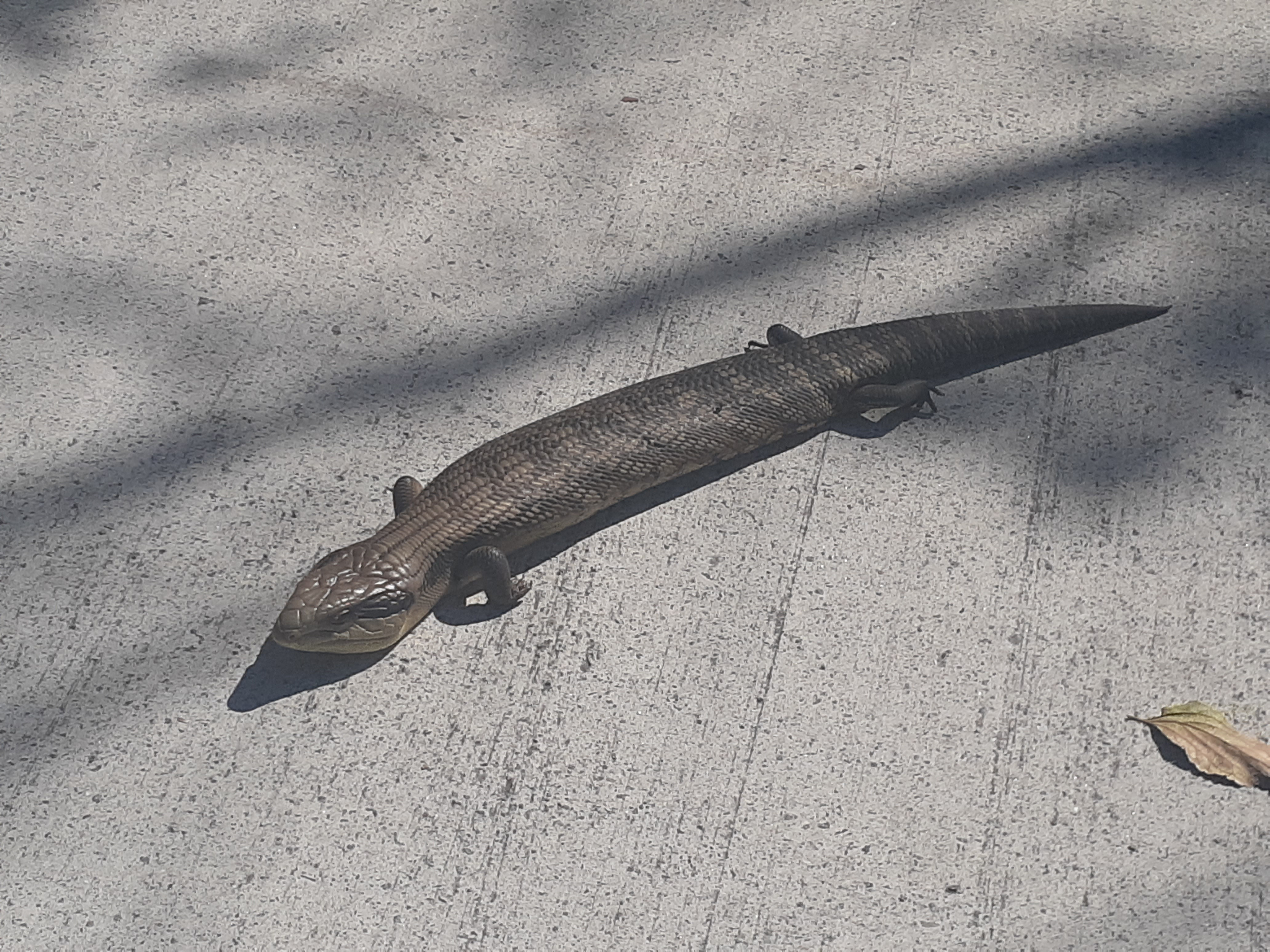Those turbines look interesting, definitely a plausible technology based off that video. Looks like they have used gearing between the two blades to concentrate the energy from both blades so you only need one electric generator (generally just referred to as an electric motor but they do both) which is far more efficient (but still along the same lines of) stacking multiple up using electrical connections like you can do with solar modules to increase power output, which is what I was thinking of when I wrote my previous comment.
It also makes me think of this, https://youtu.be/Qbv_dtwTGDo?si=fSpRWpGqBlTEjMqH, which seems like a decent idea to me.
I'm not sure if it is a lack of feasibility that is getting in the way or just a lack of political will and interest. Could even be because solar is so cheap now that a newer, less refined technology (even in terms of legislation and infrastructure planning) with higher up front costs is just less desirable. I think I could still be worth investing in both in the long run (assuming it is actually viable).

I would assume that none of us find Peta Credlins political leanings to be surprising, but I am hopeful it may be starting to more apparent to the general public.
I think the answer to the headlines question is easy, there is a strong possibility Credlin is a Murdoch shill, and protentially always has been. If you haven't already you should watch 'Nemesis' on the ABC about the LNPs tenure from Tony to Scummo.
During Tony's tenure, he keeps getting more and more advice from Credlin, or only discusses issues with her, and ignores the position of the remaining MPs in his party, prioritising Credlins positions. After Tony got toppled, all of a sudden you see Credlin on Sky News as a host dishing out opinions about the direction the country should take and screeching whenever the government goes against those 'opinions', as sky news does.
According to the below report from the guardian, there was a rumour floating around that Sky News offered Credlin a position after she left the Fedral government when Tony was toppled (published 21/3/2016):
https://www.theguardian.com/media/2016/mar/21/the-bolt-report-to-be-resurrected-on-sky-news-five-nights-a-week?CMP=share_btn_url
Followed by this article 10 days later (31/3/2016): https://www.theguardian.com/australia-news/2016/mar/31/peta-credlin-joins-sky-news-as-2016-election-campaign-commentator?CMP=share_btn_url
I also found this statement from the above article very interesting, though I can't say it is still the case as these articles are from 8 years ago
Credlins Wikipedia page states:
And has her credentials listed as:
https://en.m.wikipedia.org/wiki/Peta_Credlin
This is potentially a better source, or a least is a second source giving the same info:
https://www.mckinnonprize.org.au/panellists/ms-peta-credlin/
The below article refers to a book written by Niki Savva who, according to Wikipedia, is an author/journalist and former senior advisor to Johnny H and Peter Costello. https://en.wikipedia.org/wiki/Niki_Savva
And naturally some heavy hypocrisy from Peta in her response
https://www.theguardian.com/australia-news/2016/mar/06/abbott-and-credlins-destructive-approach-led-to-downfall-says-author?CMP=share_btn_url
There is also this article from 2014 (published 24/2/2014), though the article doesnt go into a great amount of detail, and the link to another report in it is broken, but at the same time AFR is a fairly right leaning publication and it doesnt seem Tony sued them for defamation, which seems to be the general way people in the political class seem to want to obfuscate their involvement in such things. I guess he wasnt as concerned about his hat as Bruce was:
https://www.afr.com/politics/federal/news-to-me-abbott-says-of-882m-cash-for-murdoch-s-news-corp-20140218-ixrok
And then there is when Tony made comments like this in 2014 (published 16/7/2014):
https://www.smh.com.au/politics/federal/tony-abbott-praises-the-australian-as-rupert-murdochs-gift-to-our-nation-20140716-3bzwg.html
Now, somewhat unsurprising, Tony was offered a position on the Fox News board of directors in 2023, which he accepted, because supposedly Australia's LNP MPs are all experts in media and therefore deserve to have obtained these prestigious positions within News Corp without any prior experience in media. Oh whoops, my mistake, according to the below source (Fox's own website), Tony worked as a journalist at The Bulletin and The Australian (strange he worked for these institutions prior to entering parliment according to the below):
https://www.foxcorporation.com/management/board-of-directors/tony-abbott-ac/
So, there appeared to be a strong relationship between Tony and Murdoch before he was toppled as PM, potentially even going back to before he entered politicas, according to Fox itself. The person who Tony was closest to in the parliament (which, again, can be seen documented further in 'Nemesis'), his chief of staff, an employee of the government, not an elected official, were making decisions for the majority of the party and direction of the government, without consulting the rest of the party's elected representatives, which is, you know, the whole point of having political parties and representatives in a democratic nation.
While none of the above conclusively connects Credlin to Murdoch prior to her being hired by Sky News in 2016, I think it definitely leaves questions needing to be asked about Credlins credibility throughout her political career, her subsequent career as a political commentator, and what has now been further demonstrated as her having direct connections to members of the VIC LNP, who she is actively "dispensing advice from the sidelines" to.
Who knows, maybe she is just a useful idiot who got hired to be a commentator by Murdoch after she demonstrated herself (the Barrister and Solicitor) to be such a useful idiot, under the other useful idiot Tony in parliament, and it was just a match made in arrogance from then on. But I think there is also fair reason to suspect that she wasn't just a useful idiot, and was instead complicit in everything, but I can't say (or demonstrate) for certain (please don't sue me for defamation Peta, I havent stated certainities, just speculations, plus your hat isn't that important).